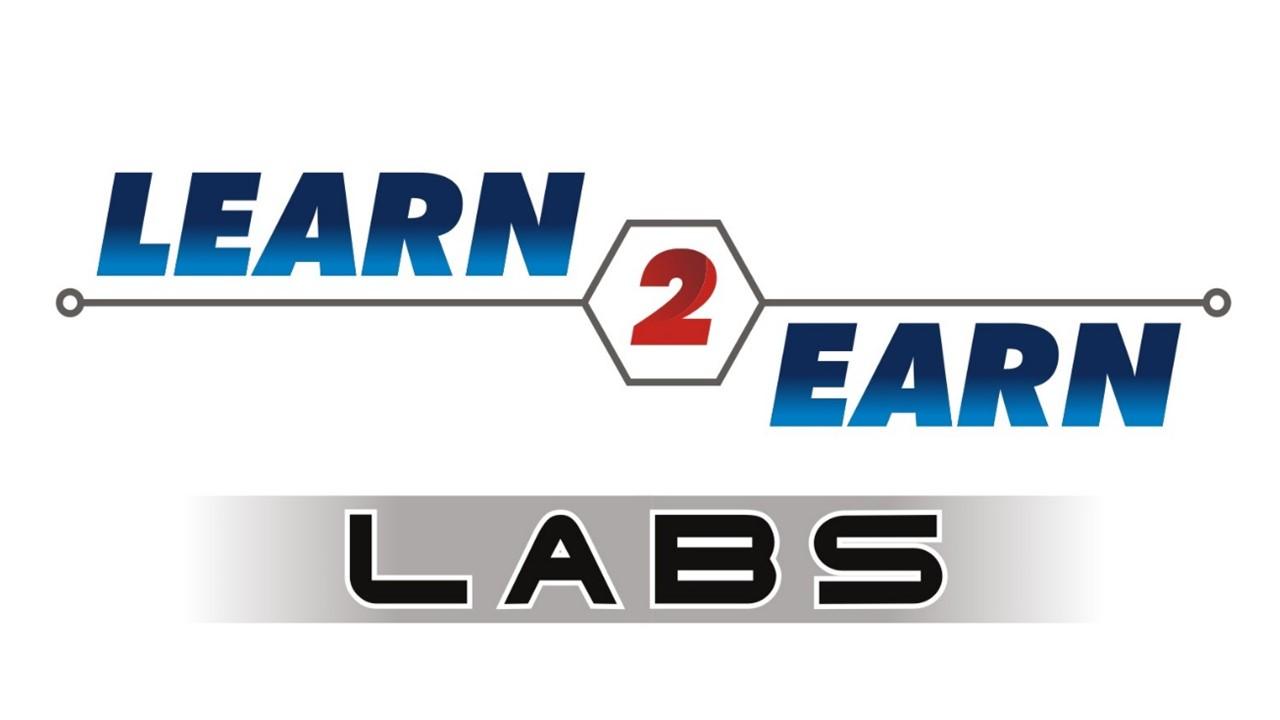JSON Assignments — Model. Parse. Validate.
Level up your data skills with topic-wise JSON assignments. Each set contains 20 Basic, 20 Intermediate, and 10 Advanced questions so learners grow from fundamentals to production-ready data modeling and integrations.
Why practice with these assignments?
- Go beyond theory—model real entities and work with nested data.
- Master parse/stringify, safe error handling, and transformations.
- Fetch remote JSON, cache it, and persist to localStorage.
- Prepare for interviews and full-stack work with realistic tasks.
How it works
- Pick a topic from the list.
- Attempt questions in order: Basic → Intermediate → Advanced.
- Run examples in the browser console or a Node REPL.
- Validate with a JSON linter/validator; add tests for tricky transforms.
- Save your best solutions for your portfolio.
What you’ll achieve
- Strong mental model of JSON structures and best practices.
- Confidence with arrays/objects, nested shapes, and API payloads.
- Fluency in error-proof parsing, iteration, and data transforms.
- Production habits: schema awareness, storage, and performance.
Who should use this page?
Beginners learning JSON, students preparing for interviews, and developers who want practical, reusable patterns for front-end and back-end work.
Tips for success
- Keep keys quoted and values valid—no trailing commas.
- Prefer consistent shapes (e.g., arrays of uniform objects).
- Use small, pure helpers for transforms (sum, group, flatten).
- Wrap JSON.parse in try/catch; surface friendly error messages.
- Log intermediate results when debugging (lengths, keys, types).
- When modeling, pick stable, unique IDs and avoid redundant fields.
Ready to build real confidence in JSON? Pick a set below and start solving!
FAQs
Q1. Do I need a database?
No. You can complete everything in the browser or Node. APIs use public endpoints or mock data.
Q2. Do I need to know JavaScript for these assignments?
Examples use JavaScript, but the JSON concepts transfer easily to any language that can parse or serialize JSON.
Q3. How do I verify correctness?
Validate with a linter, print object types and lengths, and for transformations compare before/after structures. Use totals and counts to sanity-check.
Q4. Are there solutions available?
Yes. Selected topics include reference implementations. Review them only after attempting the tasks yourself (especially advanced modeling and transform tracks).
Q5. What topics are covered in these assignments?
Assignments cover JSON syntax, objects, arrays, nesting, parsing, serialization, schema basics, transformations, API usage, and storage integration.
Q6. Do I need external tools?
Not always. Most tasks use vanilla JavaScript with JSON.parse() and JSON.stringify(). Some assignments may recommend tools like Postman for API testing.
Q7. Can I use JSON with databases?
Yes. While not required here, JSON integrates with databases like MongoDB and MySQL (via JSON columns). Advanced assignments may touch on this.
Q8. How much time should I spend per assignment?
Plan 10–30 minutes per difficulty band per topic. More complex tasks like API integration and transformation may take longer.
Q9. Are these assignments browser-only or Node-only?
They work in both. Tasks specify when you need Node (e.g., file storage) versus browser (e.g., fetch APIs). Many work in either environment.
Q10. Can these assignments help in interviews?
Definitely. JSON is a universal data format. These assignments prepare you for coding tests, API integration challenges, and real-world projects.
